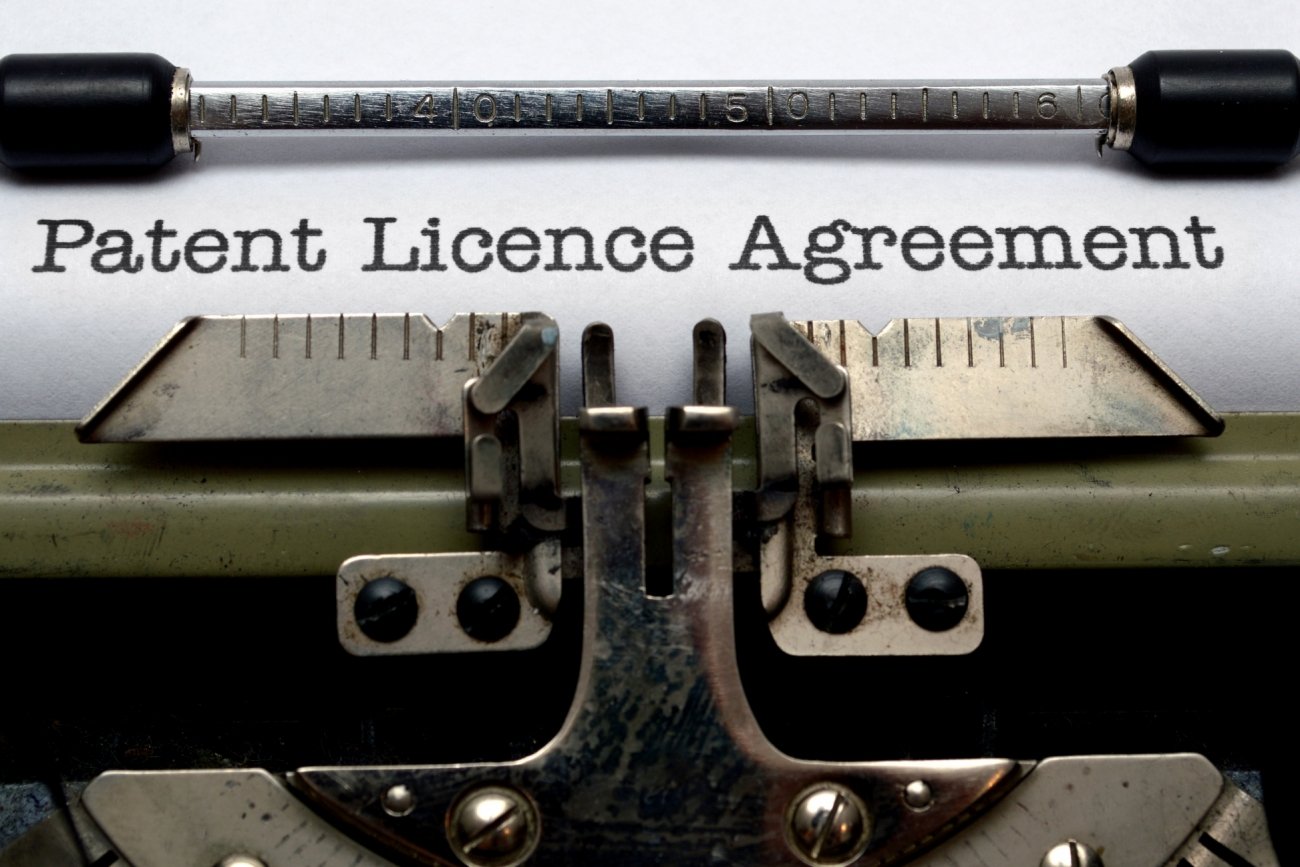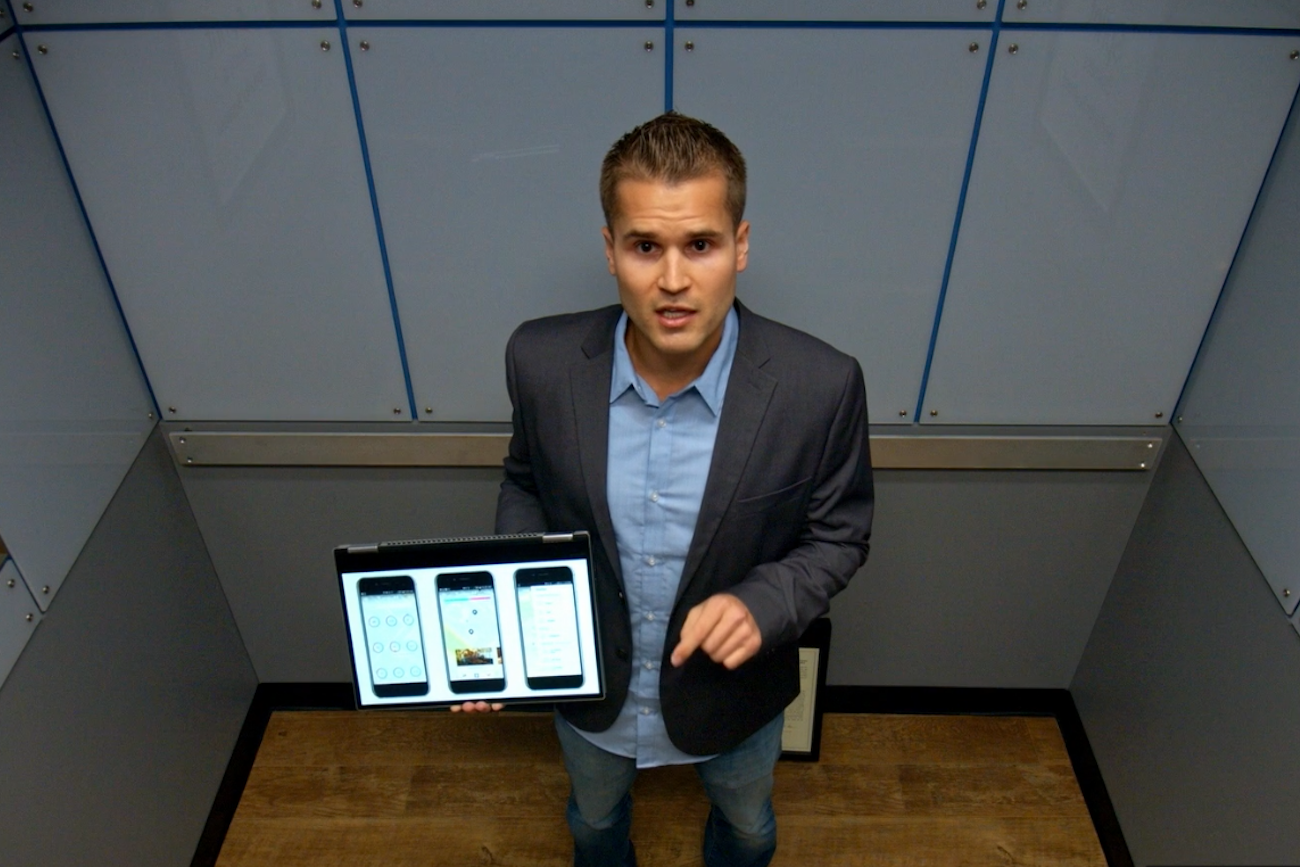5 Things an IP Attorney Will Make You Do Before You Launch a Crowdfunding Campaign

When you launch a crowdfunding campaign, you also — literally — launch a lot of potentially sensitive information into the public domain. And, once that information goes live, you can’t take it back.
Related: Are You Doing Enough to Protect and Monetize Your Intellectual Property?
What’s more, you may be unable to avoid forfeiting valuable intellectual property (IP) if you wait until after the launch to develop you strategy. So, slow down. Take a breath. And then take the time — well before the launch — to strategically decide what you want to protect, and how to optimize your position.
Also, consider whether anyone else might object to either your campaign or to the underlying product offering. The point is to avoid inadvertently incorporating somebody else’s trademark, copyrighted material or protected name or likeness into your presentation. You need the owner’s consent for any and all of these.
And there’s more: You need to evaluate whether your product or service has incorporated someone else’s patented technology.
Minimize risk.
It is not possible to eliminate all IP risk and protect all inventions or other IP you may have created. But there are experts out there to help. So a typical first step is to retain IP expert. This person can help you identify pitfalls, thereby reducing risk and optimizing opportunity. Although the expense may be unwelcome, the cost of competitors copying your ideas is typically far greater. And receiving a “cease and desist” letter just as your crowdfunding campaign starts to look like a success will be even more unwelcome.
Of course the nature of your business will influence the potential types of IP protection and risk you should consider. Service businesses, for instance, rarely rely on patents, but they may employ trade secret processes, and they almost certainly will develop trademarks and potentially copyrightable content in printed materials and images.
Related: Why Protecting Intellectual Property Is Crucial to Business Success on 5 Counts
So, before you go live, here are some best practices to adhere to:
Evaluate whether (or not) to seek patent protection.
Particularly if you plan to sell a product, disclosing your product in your public crowdfunding campaign immediately forfeits your ability to obtain a utility patent on that product in most countries unless you have previously filed a patent application. Courts may consider the campaign as an “offer to sell” the product even if you refrain from disclosing details of the product. Such an offer establishes a file-it-or-lose-it deadline for your patent application, even under U.S. law.
So, actively decide whether or not to preserve any potential patent rights before the disclosure. Many businesses can thrive without patents, but you should decide what path to take in advance rather than forfeiting the option by failing to consider it. For startups, cost is usually an issue; in this case, consider preserving patent rights by filing a ‘provisional’ patent application. This will preserve your options for up to a year while your funding campaign proceeds.
If you think part of the value of your product will derive from, say, its unique three-dimensional ornamental shape, you can consider applying for a different form of patent called a design patent. This can block your competitors from making an exact copy, but it doesn’t block them from making a functionally equivalent product with a different appearance. See the U.S. Patent and Trademark Office Design Patent Application Guide for more information.
Evaluate your IP exposure.
You also should consider whether anyone else might have grounds for objecting to your campaign or the underlying product offering.
Avoid the use of any word, symbol or image that a consumer might find confusing because it’s similar to a trademark used by your competitors. You can conduct a “free” initial search on Google to see if your product name is already being used on similar goods.
Also review registered trademarks owned by other companies to evaluate potential conflicts by accessing the U.S. Patent and Trademark Office database or the Global 500 Brand Directory 2017. After doing initial diligence, yourself, aim for a higher level of confidence by hiring an expert in trademark law. Professionals can more closely duplicate the type of search a U.S. Trademark Examiner would perform, and they can help you evaluate the results.
If your campaign material includes any images, text and/or videos that you did not create, confirm ownership or license rights to use them. If stock photo images are used, review their agencies’ terms of use to make sure there are no restrictions. If photos/videos are produced by contractors, make sure written assignments from the contractors are in place. Creative Commons has a large database of images available for license, and the U.S. Copyright Office maintains a searchable database.
If your images or videos include any images or likeness of other people (especially famous ones) using or promoting your product, make sure they have signed a release of their rights of publicity. Do not just copy an image from the internet and assume it is free to use.
Particularly if you are offering a product, consider some level of diligence to determine whether there may be any blocking patents. You can be liable for patent infringement whether you knew about the patent or not, so ignorance is no excuse.
Start by reviewing any patents marked on similar competitive products, product packaging or your competitors’ web sites. If your product is similar to a specific competitor’s, you can search patents by owner of record. You can also search on Google for any patent-infringement lawsuits related to the same or similar products/services.
This type of diligence can be daunting. Evaluating patent risk is probably the single most important reason for retaining an experienced patent attorney, given the detailed analysis required and the potentially high level of exposure. Courts sometimes require opinion letters prepared by “competent counsel” to help reduce liability.
Make a few final considerations before launching.
Review all of your crowdfunding campaign materials to ensure they do not include any confidential information or trade secrets. In general, disclose only as much detail as is necessary to make your pitch. Often a sales pitch can be effective if you explain only what that black box does and why everyone needs one, without explaining what is inside or how it works.
Finally, keep it accurate. Investors and buyers don’t like receiving what they didn’t expect. And you may be liable to competitors under Section 43(a) of the Lanham Act if you say disparaging things about competing products.
Consider trademark protection.
Trademark rights are not forfeited if you make your disclosure before filing, so addressing your wording (nice to have? or must-have?) by the time your campaign goes live is advisable.
Any word, phrase, symbol, graphic and sometimes even color, sound or smell can function to identify you as the source of your product. You should place a “TM” designation next to anything in your presentation that you think might fill this function. Ultimately, you may want to seek a federal trademark registration, which provides certain benefits and is indicated by the use of the ®symbol.
Related: 7 Persistent Myths About Intellectual Property
Consider copyright protection.
Similarly, if you prefer, you can seek a federal copyright registration following the launch of your crowdfunding campaign. Copyright protection can be obtained for a variety of written and artistic expressions, such as text and photographic or other images, as well as computer code.
Published at Fri, 10 Nov 2017 19:30:00 +0000





